The Elephant in the Museum
December 14, 2015
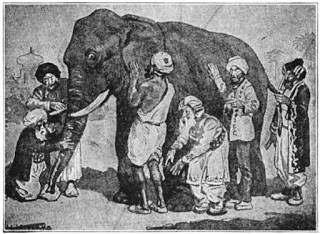

There is a story about blind men and an elephant. When these blind men encounter an elephant, each one touches a different part of the animal. One feels the trunk, another the tusk, another an ear, another the body, and another the tail. Each man draws a different conclusion about what the elephant is. The one who felt the trunk claimed that the elephant is like a snake. The one who touched the tusk said that the elephant is like a plow. The one who touched the ear thought that the elephant is like a piece of leather. The one who felt the body claimed it was a wall. The one who handled the tail said it was like a brush. Each man had a limited view of the elephant and that view influenced their whole interpretation of the animal. Each man was wrong because an elephant is the sum of its parts; it is not defined by one feature.
Just like the elephant in the story, a museum consists of many parts. Many people who encounter a museum only encounter one of its parts. These people may get an incorrect idea about a museum because of their limited exposure. The Museum of World Treasures is no different. There are several different people who come here for several different purposes.
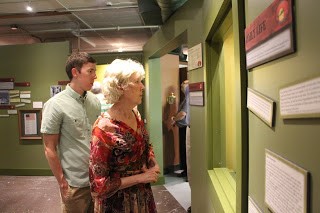
Guests: Most people who come to the Museum of World Treasures do so because they want to see the exhibits and the artifacts that are on display. Some of the guests may talk with docents, volunteers, or staff and get a little behind-the-scenes glimpse of the Museum, but otherwise their experience is strictly limited to viewing the exhibits. A guest may come away with the impression that the primary purpose of the Museum is to display its artifacts and that a large portion of the artifacts in the Museum are on display.
Collectors: There are a variety of collectors who donate or loan objects to the Museum. These collectors come from a variety of backgrounds with a variety of interests, but they all come to the Museum for one common purpose: to have their objects displayed to the public and to be used to educate the public. Because they bring the artifacts, collectors work closely with some of the Museum staff, especially the curators, as the staff design and build their exhibits. To the collectors, the Museum is a much better place to have their artifacts than keeping them stored in their basement or garage.
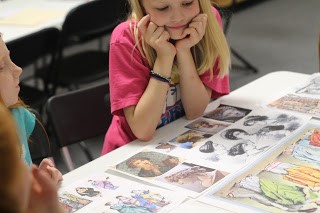
Teachers: Teachers come to the Museum most often while leading their classes on tours or to check out the Museum in order to determine whether they want to bring their students here on tour. While they may have a personal interest in the Museum, their primary purpose is to use the Museum as an instructional tool for their students.
Student Volunteers: Many of the volunteers who work at the Museum are college students. They are attracted to the Museum because of a general interest in history or because one subject in the Museum is a favorite of theirs. They volunteer time at the Museum because they either enjoy spending time in the Museum, or they want to gain experience in working at a museum. While there are a variety of duties that a student volunteer may participate in, they all get to see some parts of the Museum that are not visible to the guests. However, they usually only get glimpses of Museum management and governance, if they get to see that part at all. To these people, the Museum is a place to practice what they have learned in school.
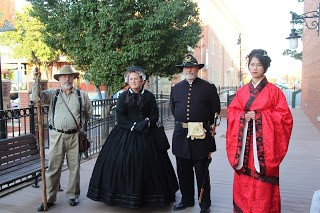
Docents: These are people who hang out in an exhibit and interact with the guests. The docents are volunteers: they give their time to the Museum because they enjoy talking to people about subjects in which they are knowledgeable. While docents are part of the Museum experience, like guests, they often only see the exhibits. Moreover, they are usually only familiar with their exhibit of choice. To a docent, their favorite exhibit can become the Museum, while the other exhibits get peripheral acknowledgment.
Museum Staff: If there is one group of people who know what the Museum of World Treasures is most like, it is the Museum staff. However, even in this group, there are some blind areas and misconceptions. While every member of the staff is intimately involved with the Museum, they are most familiar with their own department. For those who do not know, the Museum has five departments: Operations, Collections, Exhibits and Research, Marketing and Development, and Education. While these all have to work together, staff in one department may only have a rough idea of what happens in other departments.
Museum Professionals: While the staff at the Museum strive to be the best professionals that they can be, it is important to note that there are organizations of museum professionals, such as the American Alliance of Museums (AAM), the Mountain-Plains Museum Association (MPMA), and the Kansas Museum Association (KMA), that play a significant role in the Museum of World Treasures. The Museum staff visit conferences put on by these organizations, research in databases provided by these organizations, and seek individuals within those organizations for advice. Usually, people in these organizations interact with the Museum staff, rather than with the Museum directly, but because they also work in museums, they have a very broad understanding of what happens at the Museum of World Treasures.
It should be pointed out that these categories and characterizations are intended only as generalities. Some people cross multiple categories. Because of prior knowledge or experience, some people in one category have a lot of knowledge about another category. Some people are aware that their knowledge of the Museum is limited and have made an effort to learn more about the whole Museum. Nonetheless, these categories and characterizations are helpful because knowing that the other groups exist, and understanding that the Museum must cater to all of them, can help everyone better understand each other. Also, there are more types of people who are associated with the Museum – the previous groups are just examples.
The Museum of World Treasures is one entity with many parts. Those parts sometimes come into conflict with one another and the Museum has to find a balance between its competing parts and constituents. For example, light in the Museum helps make the artifacts visible (obviously) but light can also damage artifacts. Guests, teachers, docents, and collectors all want the artifacts to be visible because seeing the exhibits is important to them. Museum staff and museum professionals, however, want to preserve the artifacts as much as possible because one purpose of the Museum is to keep the artifacts for future generations. These conflicting needs lead to a compromise: many exhibits have enough lighting to make the objects visible but with as little light as possible in order to do as little damage to the artifacts.
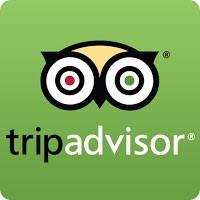
Another example is determining what artifacts go on display. Guests want to see exciting and interesting artifacts. Teachers want artifacts that can help them teach school standards. Docents and student volunteers would like to see their favorite artifacts displayed. Collectors want to have their objects on exhibit. Student volunteers want to display the artifacts that reflect their work and their interests. Museum staff want to use artifacts that tell an accurate narrative of history and can do so as effectively as possible. A compromise on this topic is very difficult and may leave some people wondering why their preferences were not chosen.
The Museum of World Treasures welcomes feedback. We want to know what different people with differing interests think about the Museum and how we can make the Museum a better place for everyone. However, because the Museum appeals to so many different people, any one individual’s suggestion may be decided against in order to appeal to a greater number of people. When that happens, we are not ignoring anyone's opinion; we are simply weighing many different opinions.
Please consider leaving a review of the Museum on either Facebook or TripAdvisor. These reviews help us better educate and entertain everyone who walks through the Museum's doors, and ensures more people are introduced to the history we have for everyone to experience. To speak with someone about any questions, comments or concerns, please call the Museum at 316.263.1311.